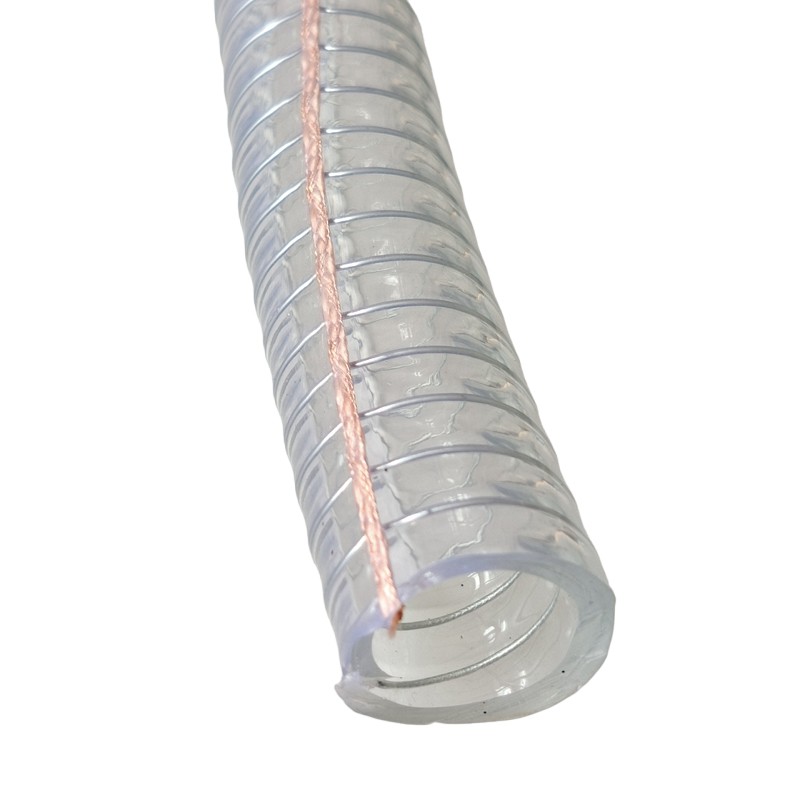What are the original idle and removal methods of PVC hose extrusion flexure performance and low temperature resistance that do not meet the indicators? Most hoses are used at low temperatures and should be flexible for long periods of time. For ordinary hoses, DOP can be selected as the main plasticizer, supplemented by DOA, which has a good synergistic effect and ideal working performance under low temperature conditions. Because DOP has good compatibility with PVC, the plasticization speed is fast, and PVC can maintain good viscosity stability, coupled with its low volatility, water pumping resistance, and good low-temperature softness; The freezing point of DOA is -60 °C and the plasticizing temperature is 121?125 °C, which can be used to improve the working performance of the hose under low temperature conditions to achieve a better effect.

Hose forming is easier than hard pipe, and does not require cooling setting device and cutting device, so the mixing process is more important in the molding process, which will not only affect the plasticization effect, but also affect the low temperature toughness. The mixing process is: first put PVC, stabilizer, lubricant, plasticizer and filler into a high-speed mixer, the mixing temperature is 60?70 °C, after stirring for 5-7min, it is put into a low-speed mixer for about 2min, and then add CPE NBR), and the material can be discharged after continuous stirring for 3min.
CPE (or NBR) modifier can not be added with other additives such as plasticizers, if CPE (or NBR) is added too early, it will be because the oil absorption of CPE (or NBR) is larger than the oil absorption of PVC resin and faster, will quickly absorb plasticizers, so that PVC resin can not fully absorb plasticizers, which is the key to hose molding.





